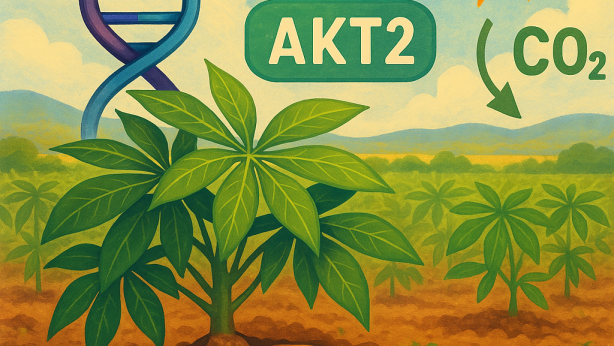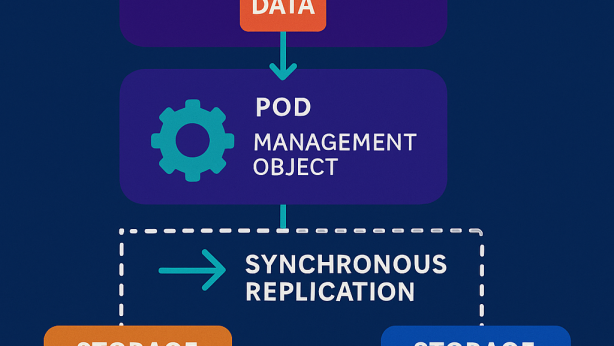SOFTWARE PLATFORM HEALTH ANALYSIS

Invented by NICHTER; Thomas D., SECK; Mohamed
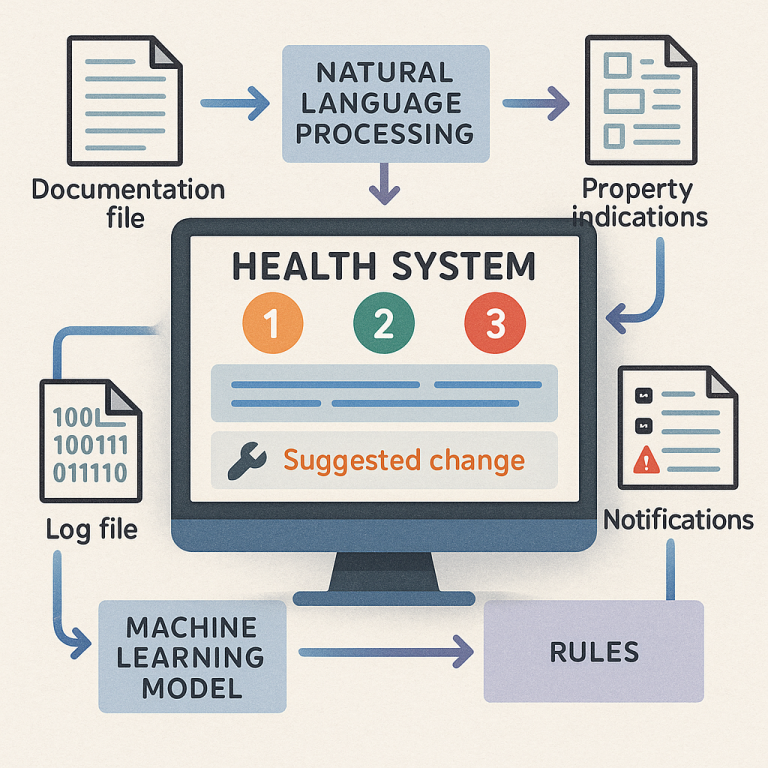
Understanding the health of a software platform is not just about keeping things running—it’s about making sure every part, from the code to the documentation, works together safely and smoothly. This blog breaks down a new patent application that describes a system using smart technology to analyze and improve software platform health. We’ll walk through the market needs, the science and old solutions, and then show you how this invention works and what makes it unique.
Background and Market Context
Today, companies rely on software platforms for almost everything, from storing files to running big websites. These platforms can be very complex. They have many parts: apps, cloud storage, security settings, and lots of documentation. If one part fails, it can cause problems elsewhere—like falling dominoes. For example, if the instructions for updating software are out of date, an admin might skip an important update, which can lead to a security hole. Or, if the monitoring system is not set up right, a problem might go unnoticed and cause even bigger issues down the line.
Fixing these problems is not easy. Sometimes the fix takes a lot of time, power, and money. When platforms break, users can’t access services, and companies lose trust and revenue. To prevent these problems, companies try to watch all parts of their platforms closely. But with so much data—logs, notifications, property settings, and documents—it’s hard for people to keep track of everything. There’s also the risk of missing hidden problems until it’s too late.
This is why the market is hungry for better ways to watch over software platforms. Companies want tools that can look at everything—code, logs, settings, and reports—and help find issues before they get out of hand. They want automatic systems that can not only spot problems but also suggest fixes, so teams can act quickly and keep everything running smoothly.
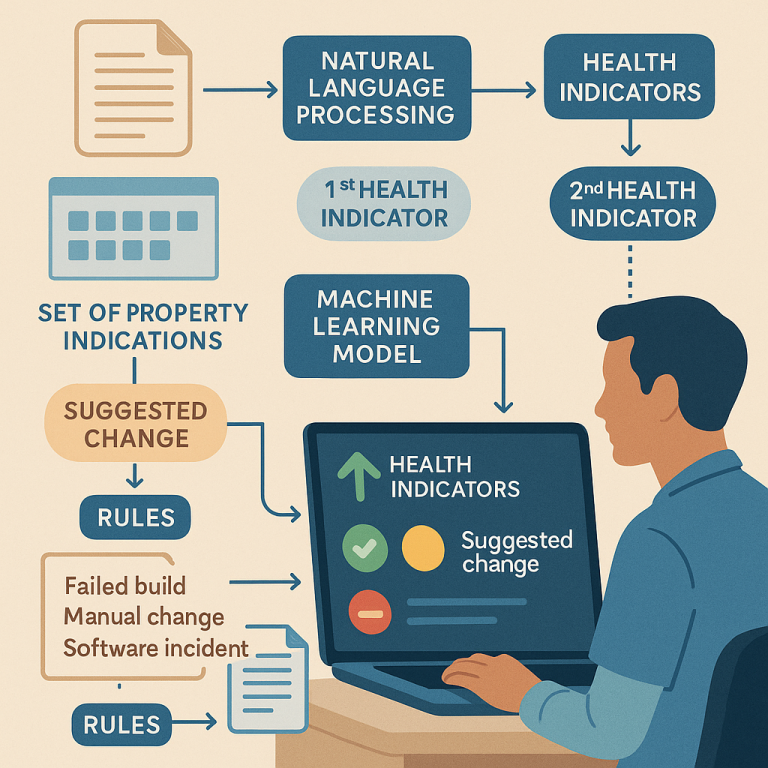
Old tools focus on just one piece, like monitoring logs or checking settings. But modern platforms need a full view. They need to bring all the data together and use smart technology to look for warning signs. This is where the new patent’s invention steps in. It describes a system that uses artificial intelligence and machine learning to analyze all these parts together, offering a complete and proactive health check for software platforms.
Scientific Rationale and Prior Art
Before this invention, the most common way to check a software platform’s health was to use different tools for different jobs. One tool might watch logs for errors. Another might check if the software is up to date. A third might track failed builds or changes made by hand. These tools often work alone and don’t talk to each other. This means teams have to look in many places to spot problems and might miss how an issue in one area affects another.
Some tools use simple rules or scripts. For example, if a log shows too many errors, the tool might send an alert. If a build fails, it might trigger a notification. But these alerts usually just tell you something went wrong—they don’t explain why, or what to do about it. Most tools don’t use advanced technology to analyze text in documentation or compare settings to best practices from other platforms.
In recent years, machine learning (ML) and artificial intelligence (AI) have started to help with monitoring. Some systems can learn from past data and spot unusual patterns. But these systems are often focused on just one type of data, like logs or performance numbers. They rarely look at documentation, property settings, or combine data from many sources to give a full picture.
Another problem with old systems is they don’t give suggestions for fixes. They might tell you there’s a problem, but you have to figure out what to change. Some advanced tools can suggest actions, but these are usually based on fixed rules, not on learning from many other platforms’ experiences.
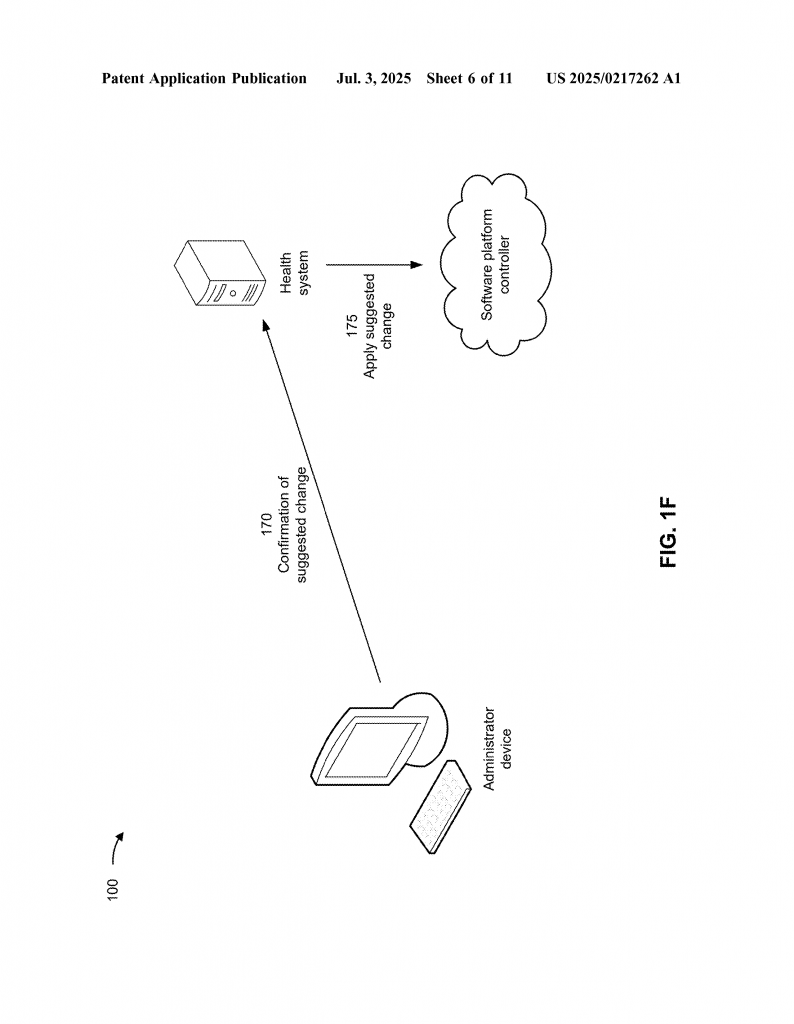
This new invention builds on the latest AI and ML ideas. It brings together natural language processing (NLP) to understand documentation, clustering models to compare property settings, and ML models to study log files. It even learns from notifications about failed builds or incidents and applies rules or ML to suggest real, actionable changes. Over time, it gets smarter by learning from feedback, making it more helpful for admins and teams.
Invention Description and Key Innovations
The heart of this patent is a system called a “health system” that uses both hardware (like servers or cloud computers) and software (smart programs and models) to check how healthy a software platform is. Here’s how it works, step by step, and what makes it stand out:
1. Gathering All the Pieces
The health system starts by collecting lots of different data. It gets documentation files (like web pages, PDFs, or Word docs), property settings (such as software versions, firewall rules, and user permissions), log files (records of what happens on the platform), and notifications about problems (like failed builds or incidents).
2. Understanding Documentation with NLP
It uses natural language processing, a type of AI that reads and understands text, to look at documentation. This helps the system judge if the documents are clear, up to date, and easy to understand. If the docs are confusing or old, the system gives a low health score. If they are well-written and current, the score is higher.
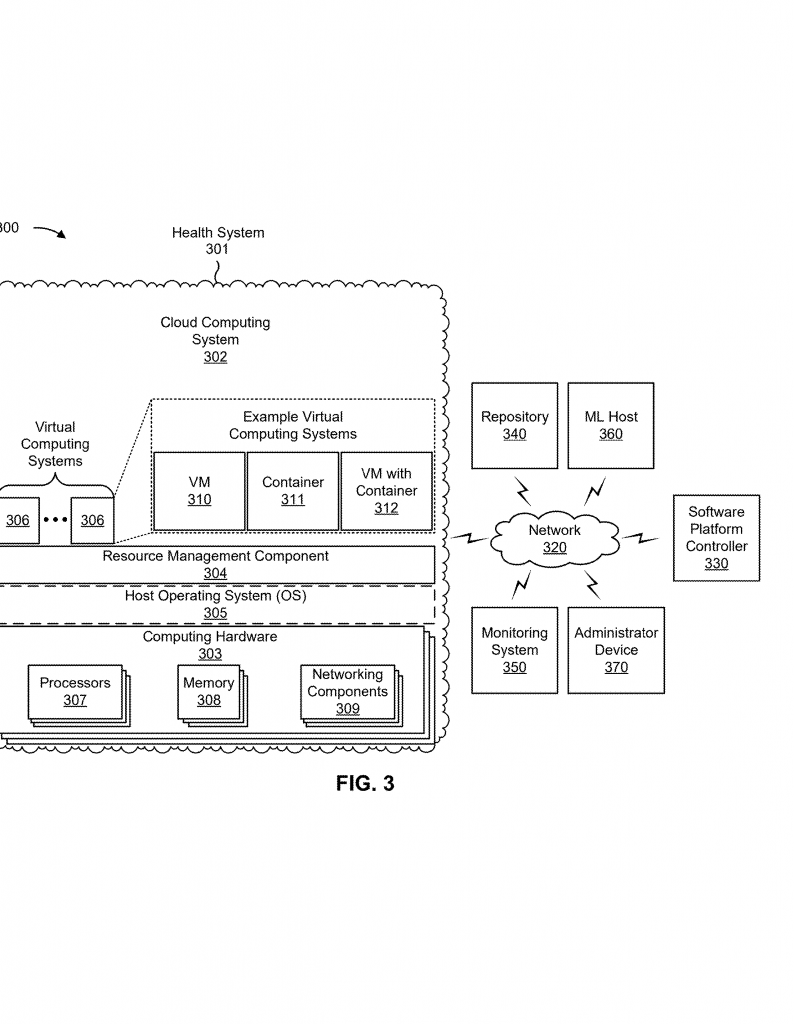
3. Comparing Property Settings with Clustering Models
Next, the system checks property settings using a clustering model. This model groups the platform’s settings with others from well-managed platforms. If your settings are similar to trusted, healthy platforms, you’re in a good group. If not, the system points out what needs to change. This is smarter than just using fixed rules because it learns from many real-world examples.
4. Analyzing Log Files with Machine Learning
The system then looks at log files, using machine learning to spot patterns or problems. For example, it can tell if certain errors happen too often, if some monitoring tools are missing, or if the logs show risky behavior. The system can even create fake (synthetic) monitoring setups to train itself, making sure it learns from lots of different scenarios.
5. Handling Notifications and Suggesting Changes
When there are alerts about problems—like failed software builds, manual changes, or incidents—the system processes these with rules or even more machine learning. It connects the dots between different issues, figures out what caused them, and suggests changes to fix them. For example, if it sees that a failed build is linked to an old library, it might suggest updating that library.
6. Showing Results in a User Interface
All the health scores and suggested changes are shown in a user interface (UI) made for admins. The UI gives ratings for each area—documentation, property settings, log analysis—and lists recommended actions. Admins can see at a glance what’s healthy and what needs work. They can also choose to accept or reject suggestions right from the interface.
7. Smart Feedback and Learning
When an admin follows a suggestion or gives feedback, the system learns from this. If a suggestion worked, the system remembers and gets better at making similar suggestions in the future. If it didn’t work, the system can adjust its models. This feedback loop makes the system smarter over time, always improving its advice.
8. Flexible Communication
The system can send alerts and suggestions through different channels, based on what the user likes—email, text, chat, or in the UI. This means admins get help where they want it, without missing important updates.
Key Innovations
What makes this invention different from others is how it brings together many smart tools in one place. It’s not just looking at logs or just checking settings. It combines natural language processing, clustering, machine learning, and user feedback to give a full health check. It’s proactive, finding problems before they grow, and it gets smarter as it learns.
The system also uses advanced models like generative adversarial networks (GANs) to create test scenarios, making sure its training covers many kinds of problems. It can make predictions about future issues, helping admins plan ahead instead of just reacting. And, because it’s flexible, it works with all kinds of platforms and setups.
This invention is set up to save time, reduce costly downtime, and help keep software platforms safe and smooth-running. By using the latest in AI and learning from real-world data, it meets the growing market need for smarter, more complete platform health analysis.
Conclusion
Software platforms are the backbone of modern business, but keeping them healthy takes more than just watching logs or updating apps. This new patent describes a system that uses smart technology to look at every part of a platform—documentation, settings, logs, and alerts—and brings it all together in one clear, helpful dashboard. It not only finds problems but also suggests real fixes and learns from feedback, getting better over time. For companies who want safer, smoother, and more reliable platforms, this invention could be a game-changer. By making platform health checks smarter and easier, it helps teams stay ahead of problems and focus on what they do best.
Click here https://ppubs.uspto.gov/pubwebapp/ and search 20250217262.
